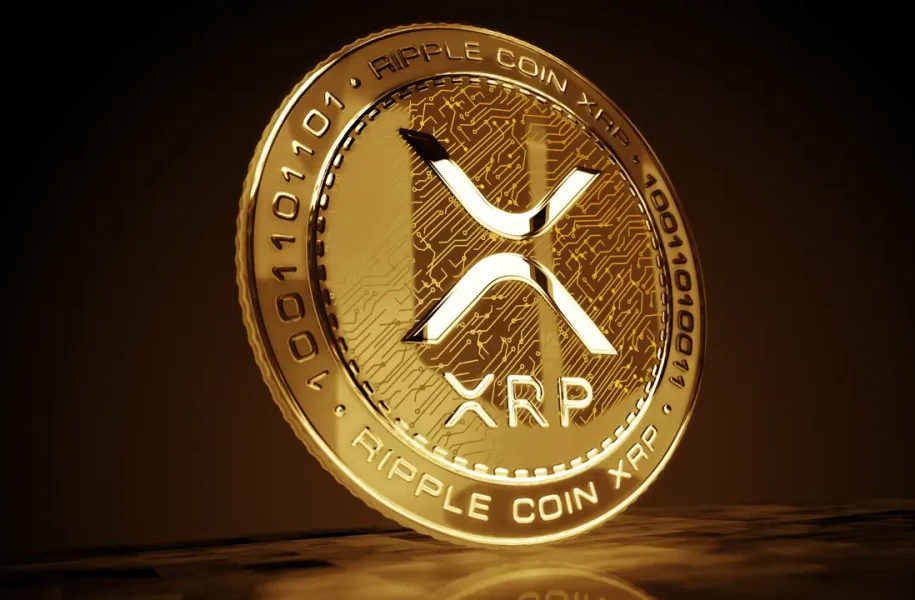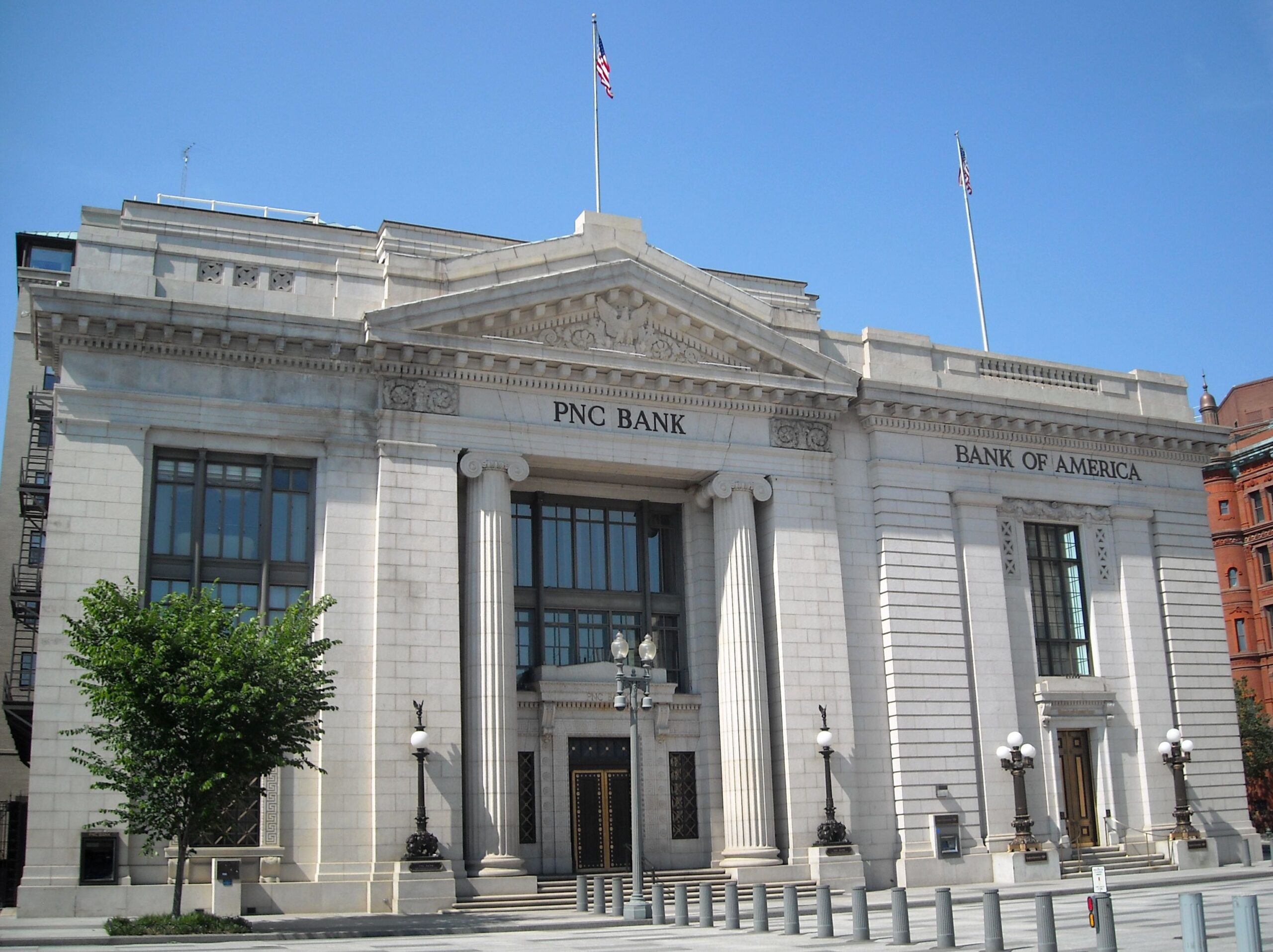
Introduction
XRP, a digital asset created by Ripple Labs, has become increasingly significant in the world of cryptocurrency. With its unique ability to facilitate fast and low-cost international payments, XRP is not just another cryptocurrency but a vital player aiming to revolutionise the financial sector. Understanding its recent developments and implications is essential for investors, financial professionals, and tech enthusiasts alike.
What is XRP?
Launched in 2012, XRP was designed to serve as a bridge currency in transactions involving different fiat currencies. Unlike traditional cryptocurrencies like Bitcoin, which are primarily seen as stores of value, XRP’s functionality is aimed at enhancing the efficiency of cross-border payment systems. Its consensus algorithm allows for rapid transaction validation, often settling in mere seconds, with transaction fees being significantly lower compared to bank transfers.
Recent Developments
In recent months, XRP has gained attention following a landmark court ruling in July 2023, where a U.S. district judge acknowledged XRP’s legitimacy as a digital currency, rather than a security. This ruling has had a profound impact on its market value, leading to a surge as investors rushed to capitalise on the renewed optimism surrounding XRP. The ruling could pave the way for more clarity regarding regulatory frameworks governing cryptocurrencies, making it a pivotal moment for the industry.
Market Performance and Adoption
Since the court ruling, XRP has seen significant gains in its value, attributed to increased investor confidence. This has translated into higher trading volumes, gaining traction among retail and institutional investors alike. Moreover, entities like Santander and American Express have begun exploring partnerships with Ripple for international money transfers, further validating XRP’s utility in real-world applications.
Challenges Ahead
Despite its recent success, XRP faces ongoing challenges, particularly related to regulatory scrutiny. As governments around the world continue to establish their positions on cryptocurrencies, XRP’s legal status in various jurisdictions remains uncertain. Furthermore, competition from other cryptocurrencies and blockchain technologies poses a potential risk to XRP’s market dominance.
Conclusion
The future of XRP holds significant promise, especially following its recent legal victories and growing adoption within the financial sector. As regulations evolve and the cryptocurrency market matures, XRP is well-positioned to play an important role in reshaping cross-border payments. For investors and stakeholders, keeping a close eye on XRP’s developments could yield substantial insights into the evolving landscape of cryptocurrencies.
You may also like

Current Status of the Bank of England Base Rate

The Impact of RB on Modern Banking
